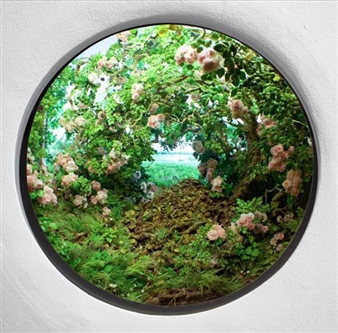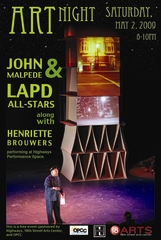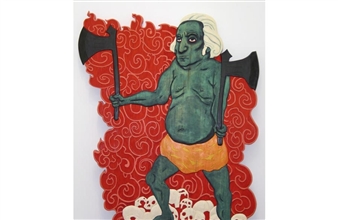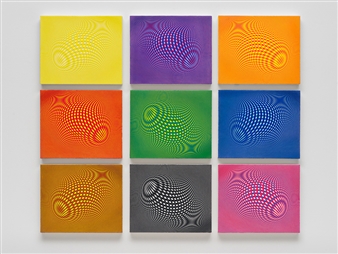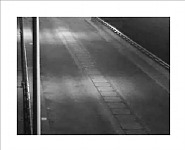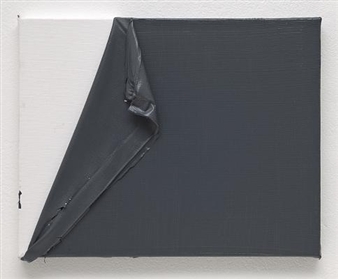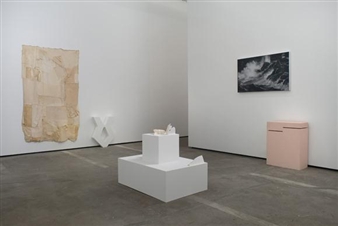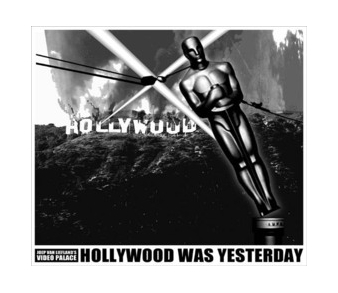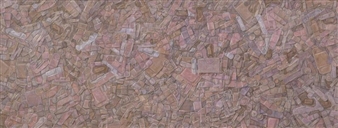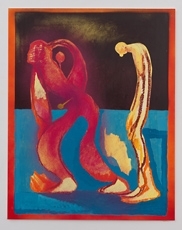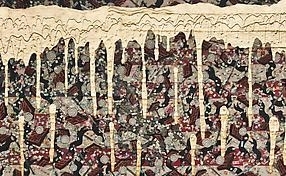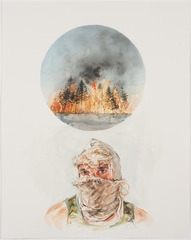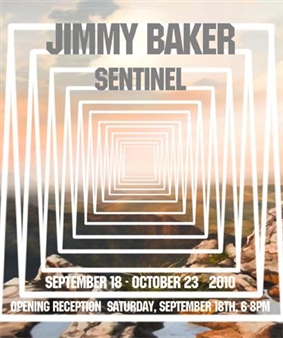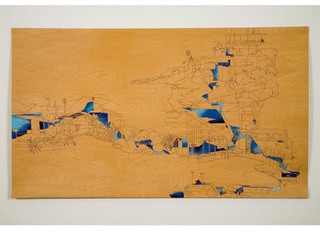POSTDATE: PHOTOGRAPHY AND INHERITED HISTORY IN INDIA
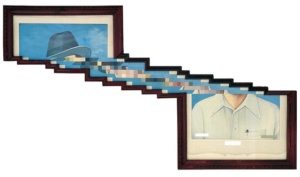
San Jose Museum of Art, California, San Jose, 02/05/2015 - 08/02/2015
110 S Market St
Reading the photograph is to read into all the things it says, and at least into some of the things it does not say. Listening to its silences is an act of the imagination.
—Raqs Media Collective
The contemporary South Asian artists in this exhibition take history into their own hands. They mine the uneasy legacy of photography in India and reach back in time to engage in artistic conversation with historical photography, particularly with images made in the early days of the medium and at the height of the British occupation of the subcontinent.
Their sources of inspiration are diverse: hand-painted studio portraits from the early twentieth century; archaeological surveys done by the all-powerful East India Company; and film stills from Bollywood movies. Much of this imagery has entered the popular visual imagination and lives on through mass-produced depictions of Hindu deities, panoramic postcards and tourist reproductions, family photographs, and common studio portraits. These artists embrace tradition and innovation as covalent rather than competitive forces: they provide a new voice-over for the past.
In the West, representations of India are often limited to photographs of the Taj Mahal or of heartbreaking poverty. The artists challenge such stereotypes and also deepen our understanding of the impact of colonialism on visual culture. Postdate: Photography and Inherited History in India celebrates socially engaged, postcolonial approaches to image-making in India and marks the US debut of several of the featured artists. Works by Nandan Ghiya, Gauri Gill, Jitish Kallat, Annu Palakunnathu Matthew, Madhuban Mitra and Manas Bhattacharya, Pushpamala N., Raqs Media Collective, Vivan Sundaram, and Surekha will be on view.
Pushpamala N. re-enacts nineteenth-century ethnographic portraits and 1920s film stills that feature mysterious Bollywood ingénues—archetypes of womanhood in India. Nandan Ghiya obscures the identities of the subjects in nineteenth-century, hand-painted portraits. He pixelates their faces, then morphs the boundaries of the image as if an error in electronic transmission has occurred. In her 2001 series “An Indian from India,” Annu Palakunnathu Matthew investigates the historical connection between the representation of South Asian Indians and Native Americans. For example, she pairs a nineteenth-century photograph titled Feather Indian with an image of herself with a bindi on her forehead, titled Dot Indian.
For More Information